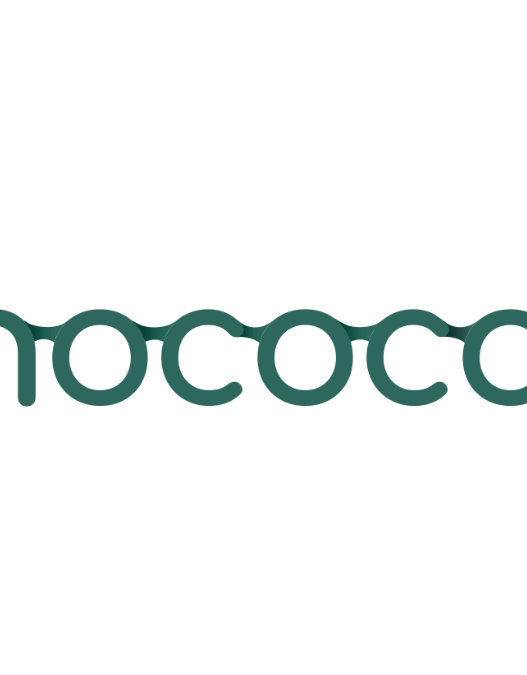In our latest Spotlight interview, we spoke with Lucas Cusack, Head of Asset Management Strategy at Glider. Lucas will talk about integrating with other solutions, adapting to industry trends, and share insights on recent acquisitions. “Since its inception, Glider’s development has always been part of this transformation as it has focused on managing asset data built from BIM.With the advent of new technologies, Glider has been focused on managing asset data built from BIM. It is a foundational element that provides large data and information sets that power building and power large-scale language models (LLMs).”
Q1- Can you give us an overview of Glider’s capabilities and how your platform will transform the real estate and construction sector?
Glider provides real estate and construction asset information management throughout the building lifecycle. Our platform, gliderbim®, enables a seamless digital handover from construction, helping building owners ensure compliance, performance and sustainability in their operations. We use BIM and digital twins to connect construction data and provide real-time insights to stakeholders for better decision-making and proactive management. Glider is passionate about the transition from construction to operations, making buildings safer and more valuable in the future.
Q2- How does this solution integrate with other project management tools and enterprise resource planning (ERP) systems commonly used by developers and property managers?
Glider's platform provides connectivity to other platforms through APIs or simpler code-free interfaces. We share asset information in the form of data, documents, and 3D geometry. Data and documents can be shared directly from Glider to other platforms, ensuring a single source of information and minimizing duplication. Our platform can be configured to validate information and data received from other sources and generate quality and compliance reports. Glider enables the structuring of large data sets managed on a diverse ecosystem of platforms by applying rigorous standards for naming, metadata, and ontologies.
Q3- What role do you think technologies such as BIM, AI, and digital twins will play in the future of real estate development and management? And how is Glider adapting to take advantage of these trends? mosquito?
Technologies such as BIM, AI and digital twins are already revolutionizing real estate development and management by enabling smarter, data-driven decision-making and healthier, more sustainable places.
Glider's development has always been part of this transformation since its inception, with a focus on managing asset data built from BIM. With the advent of new technologies, Glider has become a fundamental element that powers digital twins, smart buildings, and provides large-scale data and information sets that power large-scale language models (LLMs).
Q4- How do you deal with the challenges of managing older or existing property portfolios that may not be digitized and integrated with modern systems?
Glider helps you digitize and manage older properties by capturing and organizing legacy data, even if it's incomplete. Through inspection, manual collection, and scanning, we migrate existing information to our platform gliderbim®, giving asset owners a single, clear view of their assets and their condition.
Q5- Glider has gone from strength to strength with several new partnerships and acquisitions over the past eight years. What do the next few years hold for Glider, and what role will recent acquisitions and partnerships play?
Glider's mission is to help asset owners protect their investments by ensuring regulatory compliance and optimizing building performance through efficient maintenance. Our recent acquisition of EDocuments strengthens our digital handover solutions and expands our service offering to both contractors and asset owners. This move and future acquisitions will enable us to meet the growing demand for smarter, more efficient asset data management and help our clients solve complex problems.Achieving regulatory and sustainability goals.





















